VAH 201 Image List for Test #2
1/11
Earn XP
Description and Tags
A collection of vocabulary flashcards covering key artistic works and their significance from the VAH 201 Image List for Test #2.
Name | Mastery | Learn | Test | Matching | Spaced |
|---|
No study sessions yet.
12 Terms
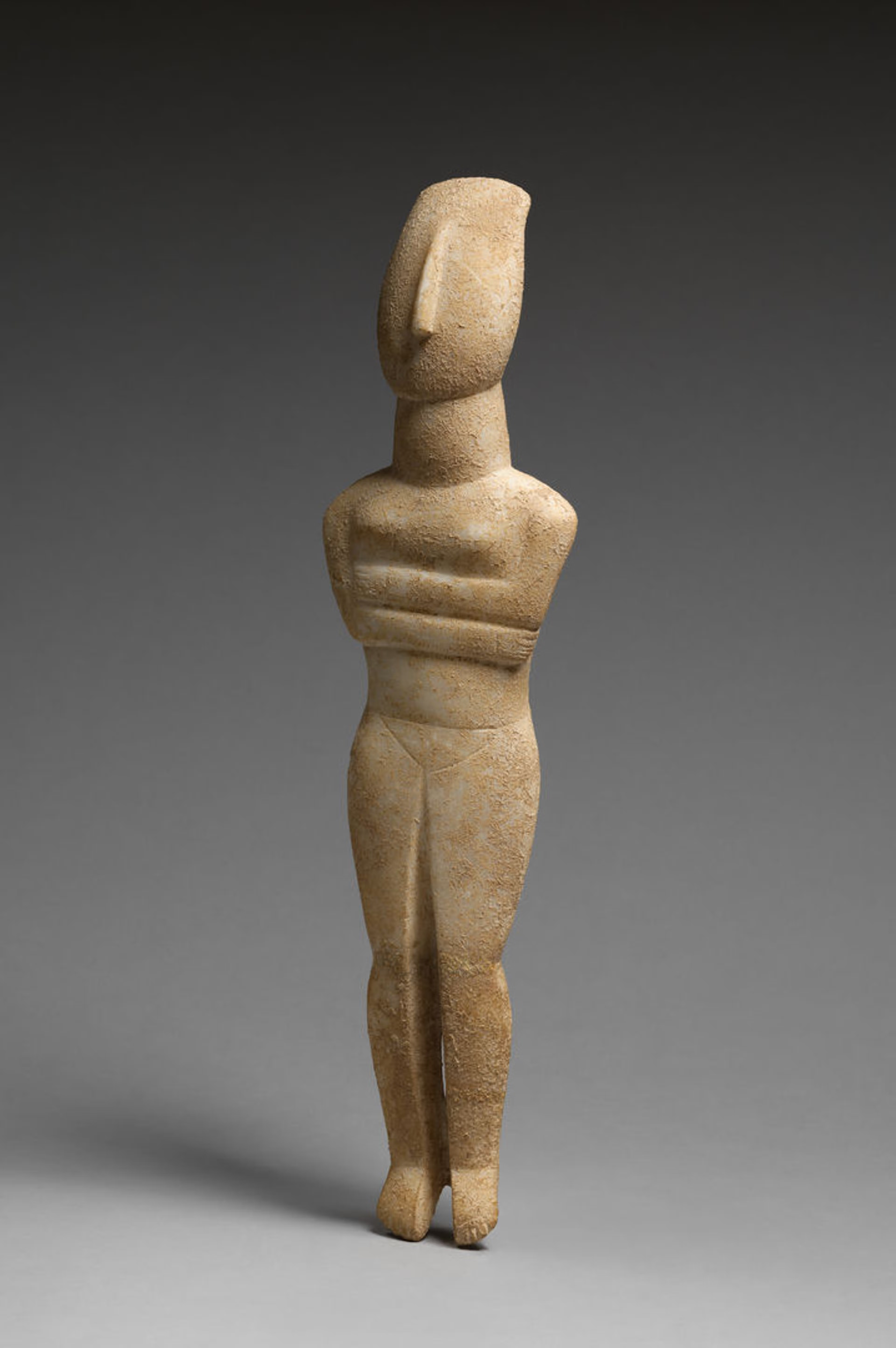
Cycladic Idol, Greek Islands, 2500 B.C
Cycladic idols are among the earliest examples of Greek sculpture, representing a unique culture that flourished in the Cycladic islands. These marble figures, often depicting nude women with folded arms, are thought to have religious or funerary significance. Their minimalist and abstract style has influenced modern artists and continues to captivate art historians.
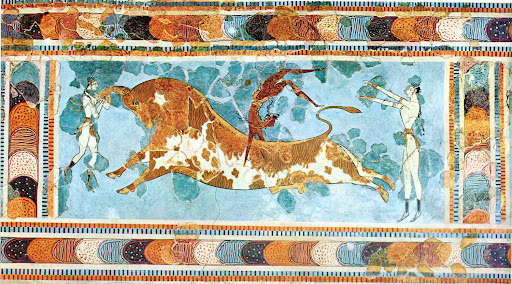
Toreador Fresco, Palace of Knossos, Crete, 1500 B.C
The Toreador Fresco, also known as the Bull-Leaping Fresco, is a vivid depiction of a ceremonial or sporting event involving acrobats leaping over a bull. This fresco highlights the importance of bulls in Minoan culture and provides insight into their religious and social practices. The dynamic composition and vibrant colors exemplify Minoan artistry.
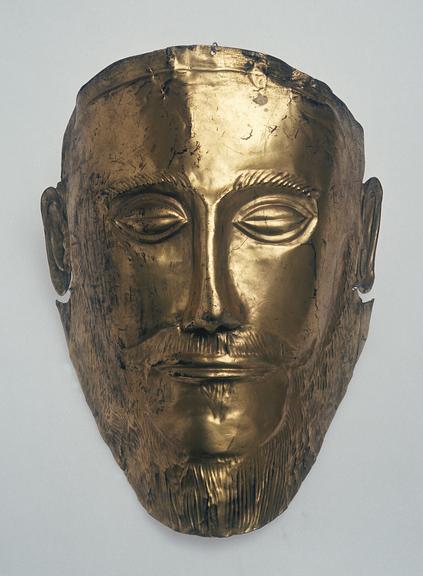
Mask of Agamemnon, Mycenae, Greek Mainland,1500 B.C.
The Mask of Agamemnon, dating back to around 1500 B.C., is a gold funerary mask discovered at Mycenae, showcasing the advanced metalworking skills of the Mycenaeans. It provides valuable insights into Mycenaean burial practices and their beliefs about the afterlife. Although it's unlikely to have belonged to the legendary King Agamemnon, the mask symbolizes the wealth and power of the Mycenaean civilization.
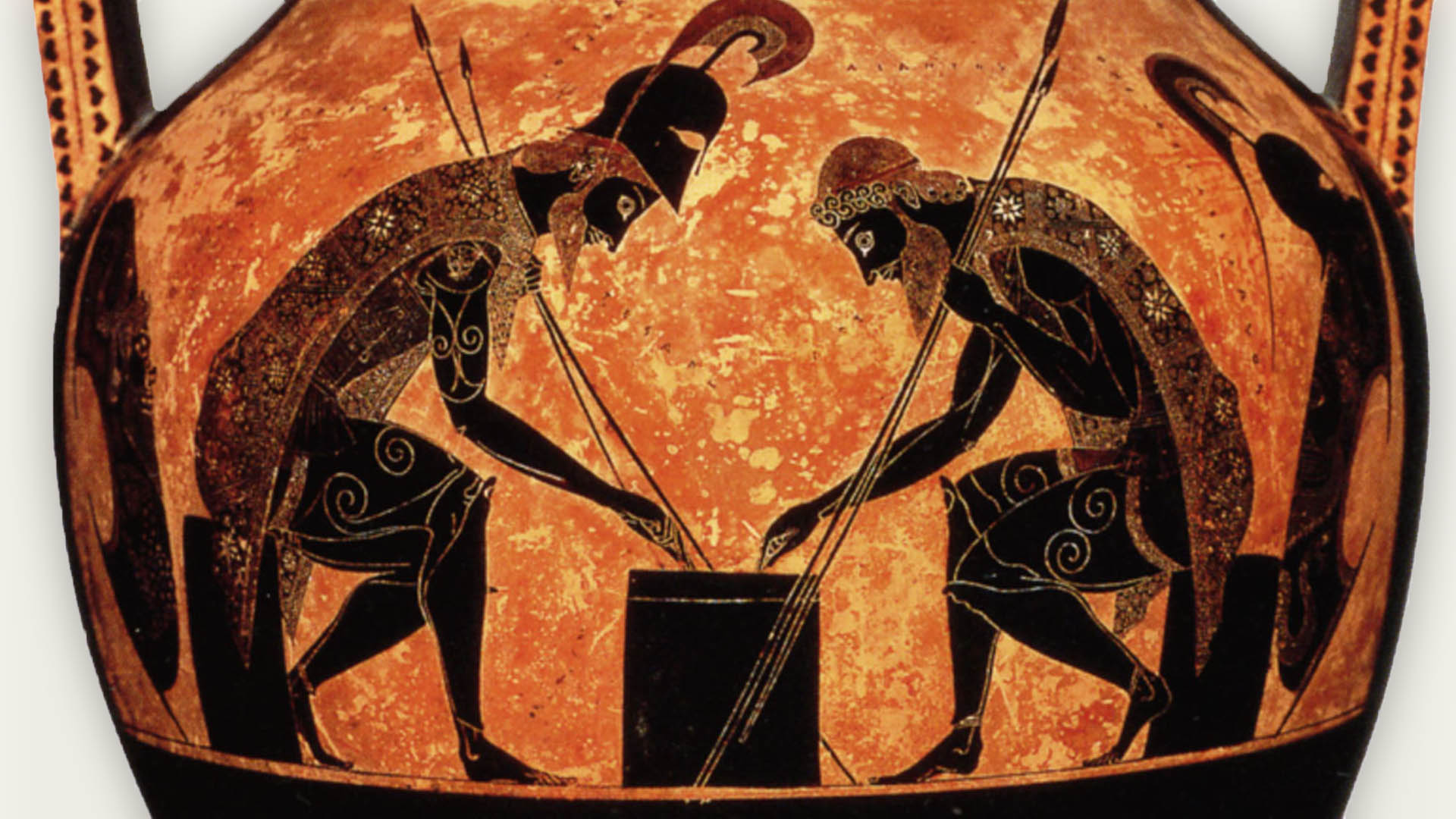
Achilles and Ajax Playing a Game, Greece (now in Rome), dated 540 B.C
This black-figure amphora by Exekias depicts the heroes Achilles and Ajax engaged in a board game during a break from the Trojan War. The scene captures a moment of calm amidst the chaos of battle, showcasing Exekias' skill in narrative and detail. The artwork is celebrated for its composition and the emotional depth of the figures.
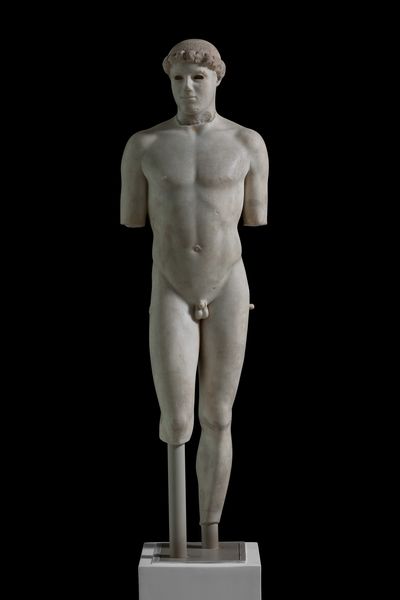
Kritios Boy, Athens, 480 B.C
The Kritios Boy marks a significant transition from the Archaic to the Classical period in Greek sculpture. It is one of the earliest examples of contrapposto, where the figure's weight is shifted onto one leg, creating a more naturalistic and relaxed pose. This statue reflects the Greek pursuit of idealized human form and movement.
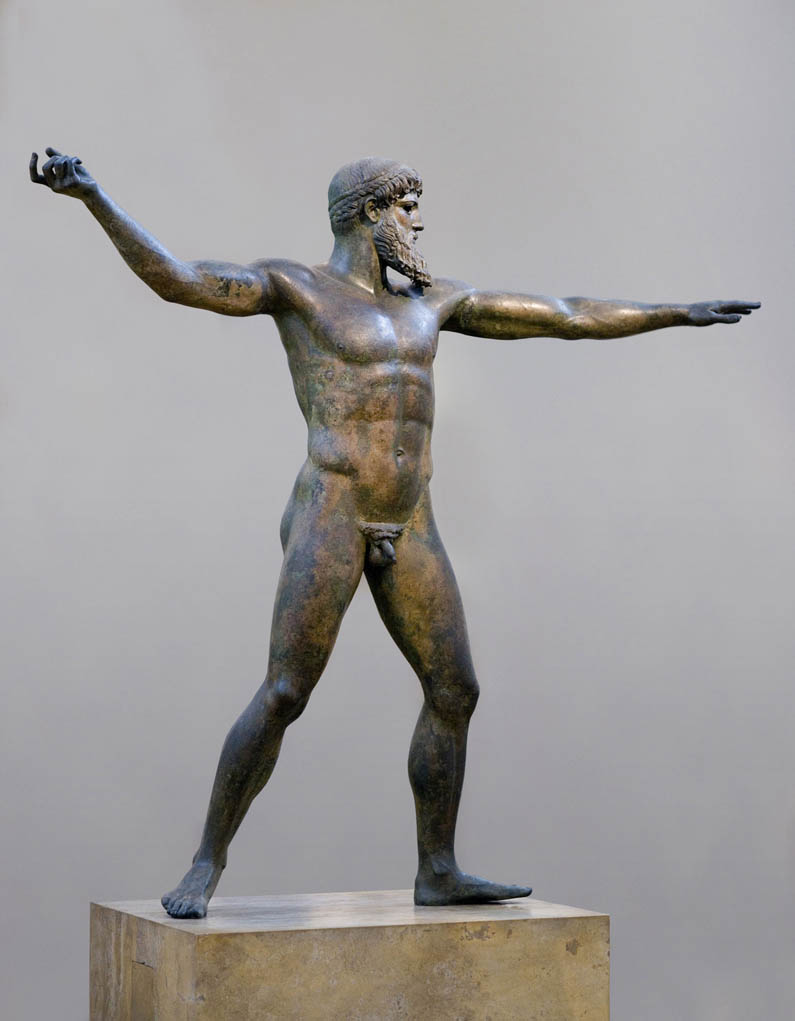
Zeus, Athens, dated 450 B.C
Reflecting the ideals of beauty and proportion in Greek sculpture.
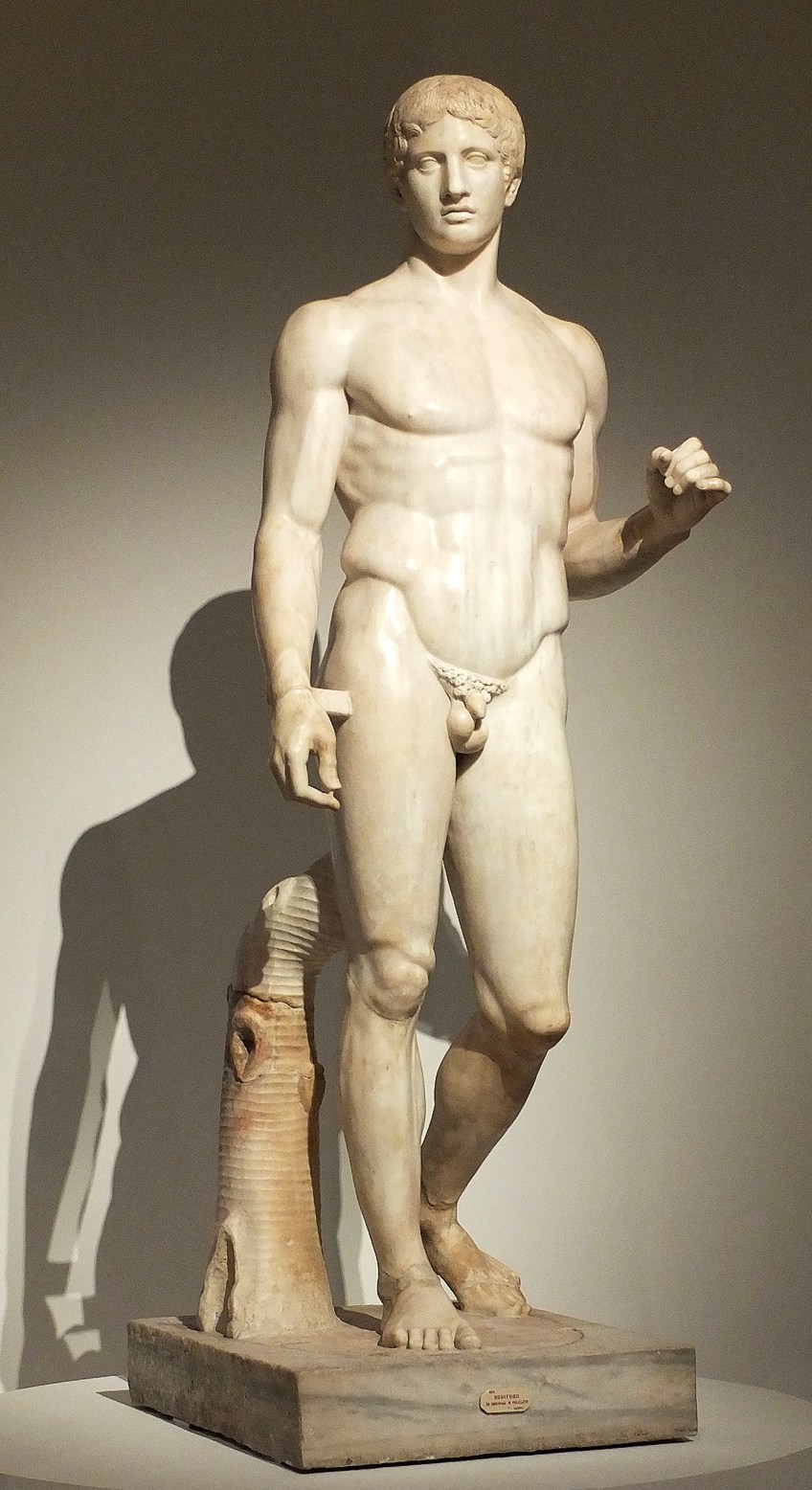
Doryphorus (Spear Carrier), Athens, 450 B.C
Polykleitos' Doryphorus is a prime example of Classical Greek realism and the artist's exploration of ideal human proportions. The statue embodies Polykleitos' "Canon," a set of rules for achieving perfect symmetry and balance in the human body. It has had a lasting influence on Western art and sculpture.
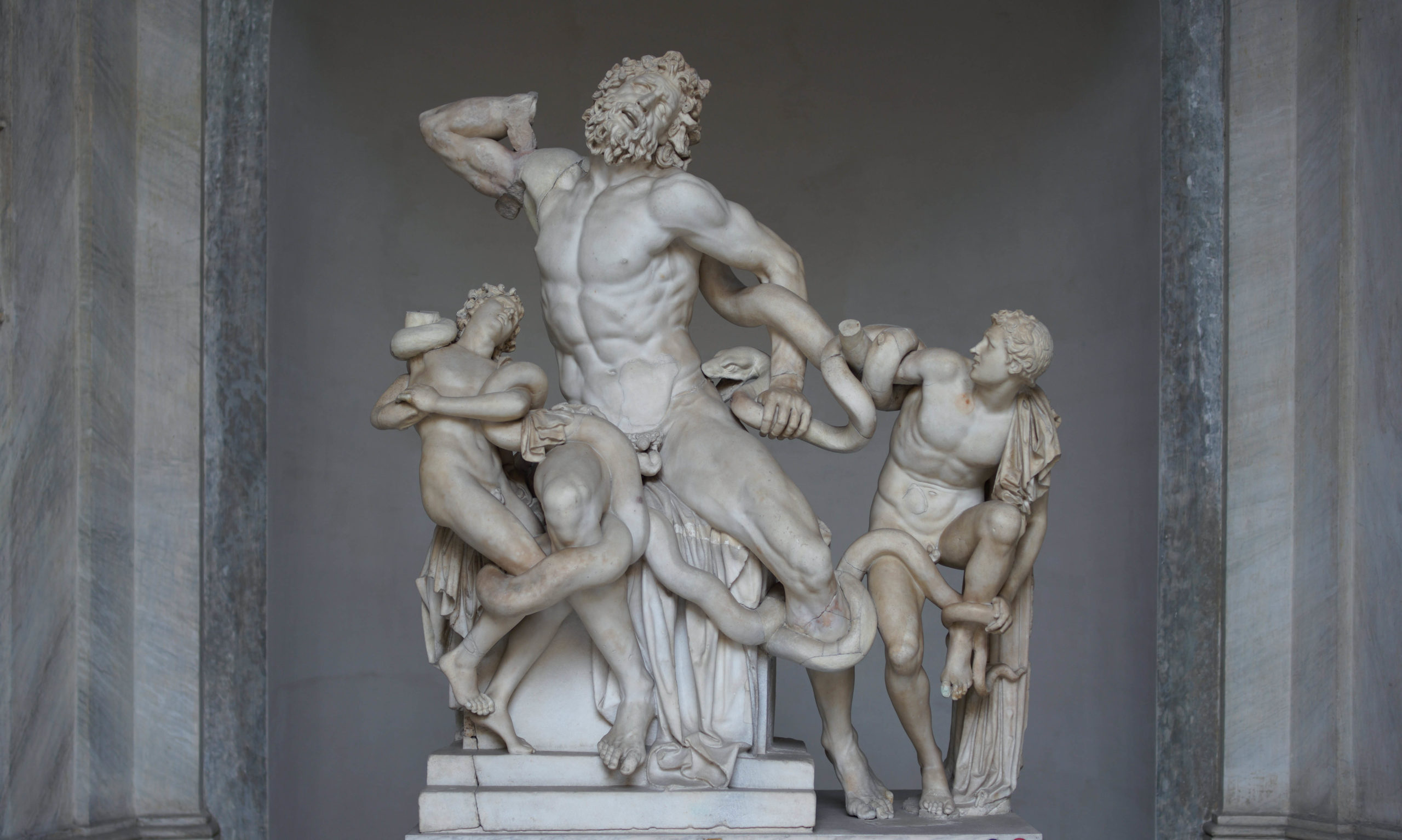
Laocoon, Rome, 1st century B.C - 1st century A.D
The Laocoon Group is a renowned Hellenistic sculpture depicting the Trojan priest Laocoon and his sons being attacked by sea serpents. The sculpture is celebrated for its dramatic expression of agony and its intricate composition, which captures the intense struggle and movement. It has inspired countless artists throughout history.
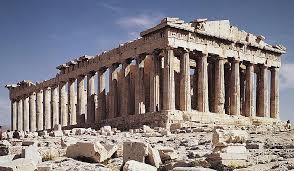
Parthenon, Athens, 450 B.C
The Parthenon is a symbol of ancient Greek civilization and architectural excellence. Built as a temple dedicated to Athena, it exemplifies the Doric order and features intricate sculptures and friezes. The Parthenon represents the height of Athenian power and cultural achievement during the Classical period.
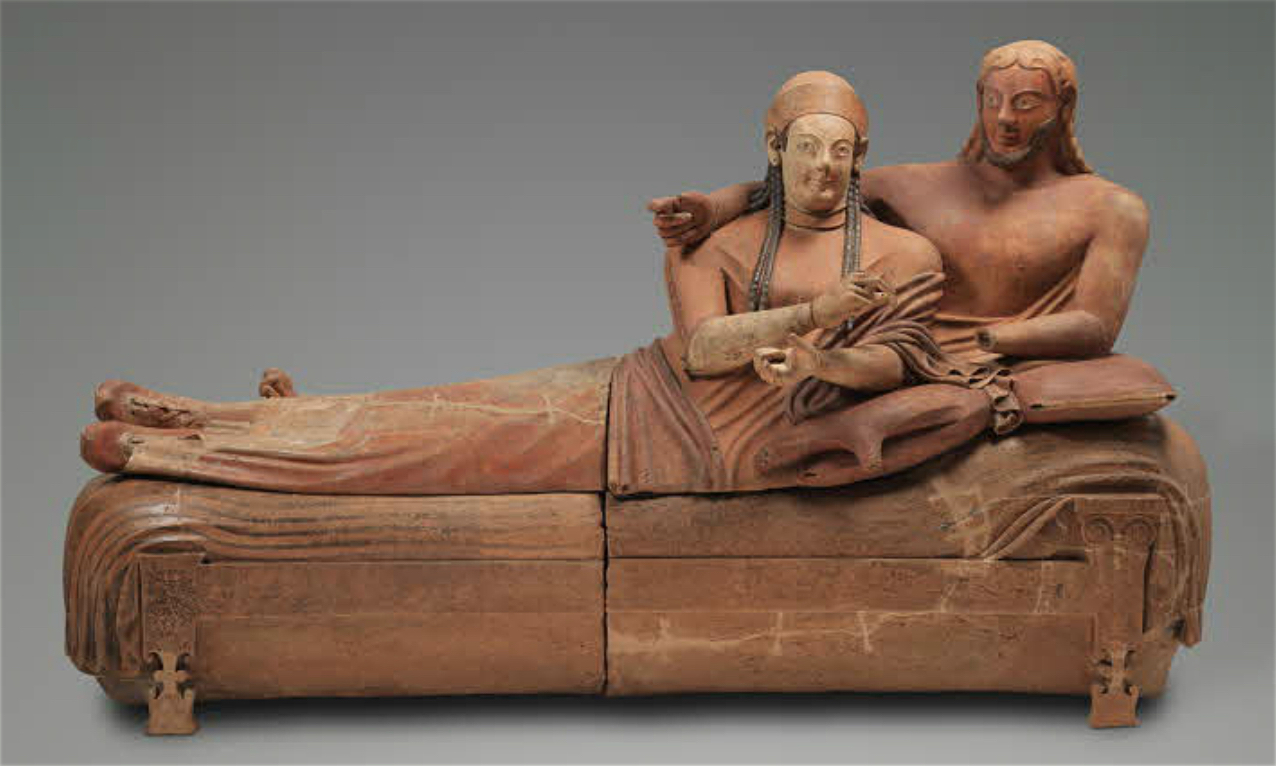
Sarcophagus of Cerveteri, Italy, 520 B.C
The Sarcophagus of the Spouses from Cerveteri is a painted terracotta sarcophagus depicting a reclining man and woman. It provides valuable insights into Etruscan funerary practices and the social status of women in Etruscan society. The intimate portrayal of the couple reflects the importance of family and social bonds.
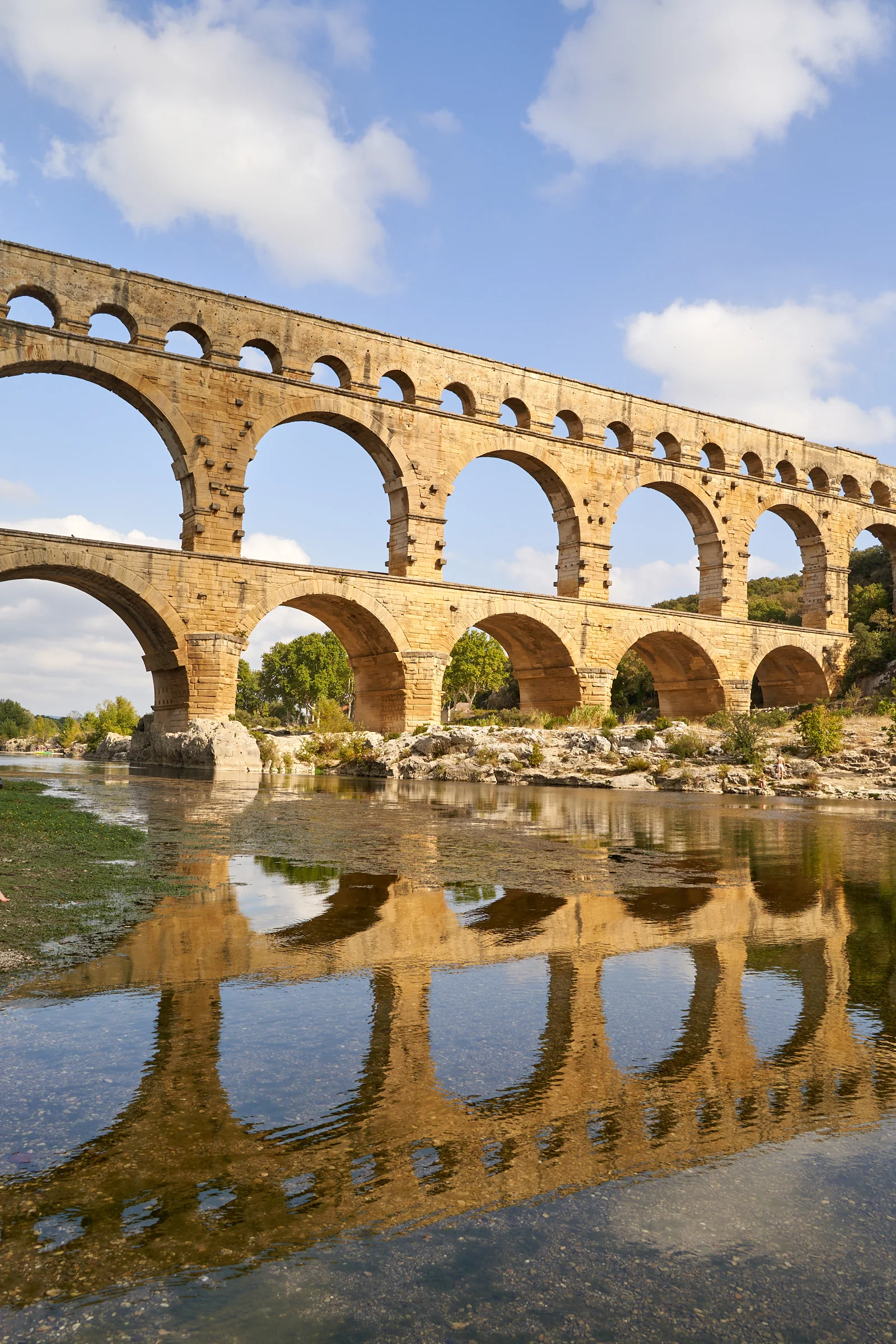
Pont du Gard, Nimes, France, from the 1st century A.D
Showcasing Roman engineering and infrastructure. Serving as a bridge and an aqueduct, which allows water to come into the city.
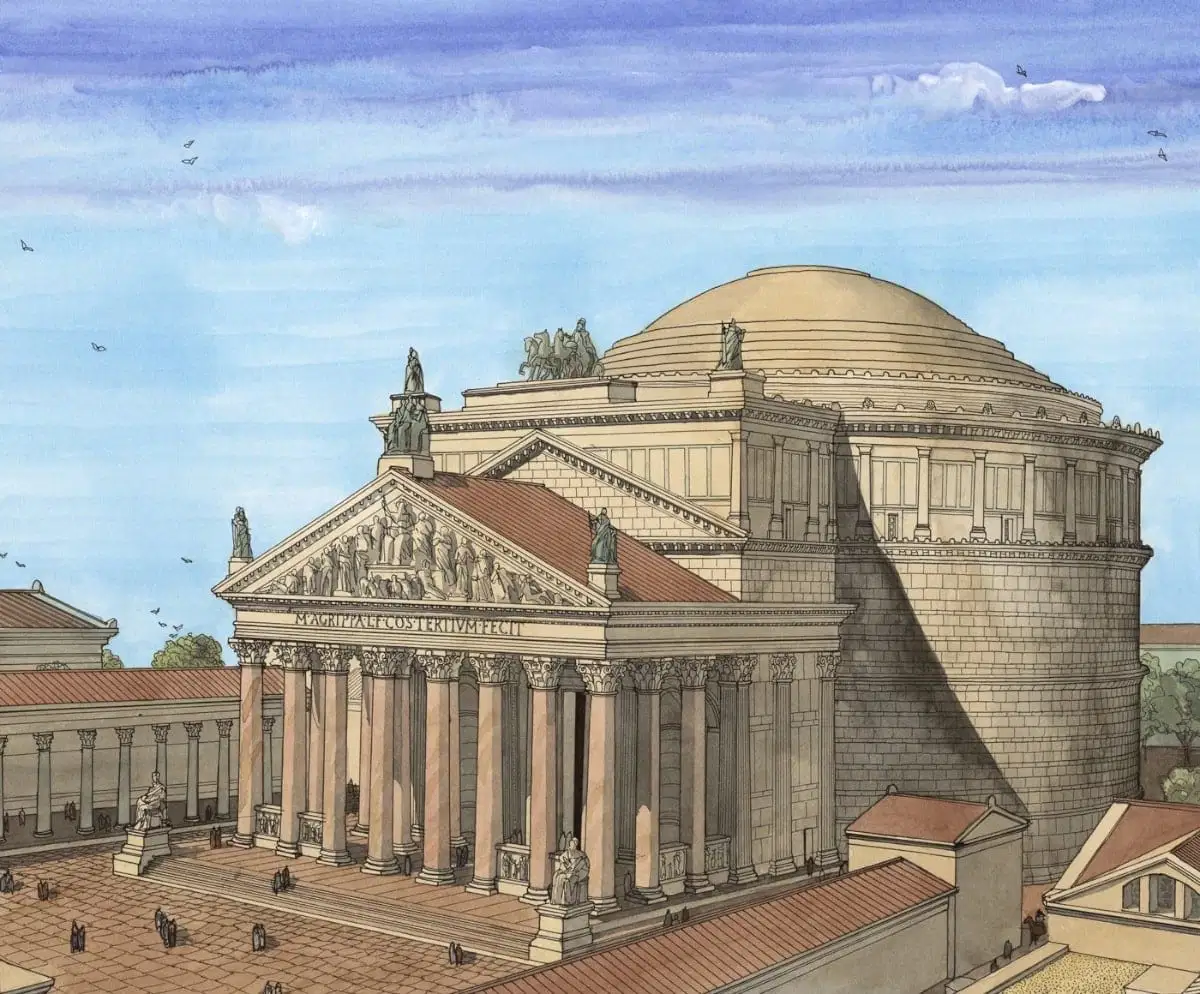
Pantheon, Rome, Italy, dated 117-125 A.D
Renowned for its architectural innovation and influence on Western architecture. Has an Oculus on the top to let in light and fresh air. In addition, it holds support for the dome. Originally build as a temple for all gods, But then was switched for Christian use, becoming a church.